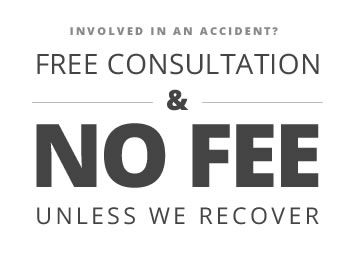Two people sustained injuries in a Glen Burnie, MD auto accident after their vehicle collided with a Maryland Transit Administration light rail train on October 13, 2017. WJLA ABC 7 News reported that the woman driving the car was transported to University of Maryland Baltimore Washington Medical Center with life-threatening injuries; her passenger, a 12-year-old boy, suffered serious injuries and was taken to Johns Hopkins Children’s Center in Baltimore, Maryland. While the results of an official investigation have not been revealed, the scene of the incident at a railway crossing indicates that the motorist may have been attempting to beat the train to the intersection. Auto accidents at railway crossings are extremely dangerous due to the size difference between a car and a train, but there may be liability issues that prevent a victim from recovering compensation for injuries.
Facts About Auto Accidents at Railway Crossings
You may have a new appreciation for the hazards presented by train crashes by reviewing a few facts:
- For a train traveling at 55 miles per hour, it takes a conductor nearly one mile to stop once applying the brakes.
- Statistics compiled by the federal government show that 80% of railway crossings do not have sufficient warning devices.
- While vehicle-train collisions at railroad crossings have declined since 1978, there were still almost 12,000 incidents in 2014.
- Risky driving behavior by motorists is involved with 94% of all collisions and 87% of fatalities at railway crossings.
Common Causes of Railway Crossing Accidents
Both human and equipment-related factors are to blame many car-train collisions, including:
- Distracted driving, such as texting, talking on the phone, or operating the vehicle’s radio or GPS;
- Train track communication failures;
- Derailments due to defected train equipment;
- Debris or objects on the track;
- Stalled cars on the track;
- Poor judgment by vehicle drivers who:
- Attempt to beat the train to a railway crossing;
- Try to navigate around railway crossing gates;
- Ignore flashing lights and warning sirens; or,
- Otherwise engage in risky driving behaviors.
Accidents and Maryland’s Contributory Negligence Rule
Maryland is one of a just a few states that adheres to a harsh rule regarding negligence of an injured victim. If your own actions contribute to your injuries, you are prohibited from recovering any compensation from other individuals who were negligent. In a car-train accident scenario such as the recent Glen Burnie incident, the driver will not be able to prevail on a claim for losses if there is proof that her own conduct caused the collision.
Automobile-train accidents at railway crossings are quite common, and the injuries to those in the car can be extremely severe. Worse, a victim may be prevented from recovering compensation under Maryland’s contributory negligence law. There are exceptions to this harsh rule, but you will need the legal assistance from an experienced auto accident lawyer to represent your interests in pursuing a claim. If you have been in an auto accident and want to hear more about your options, please contact the Owings Mills, MD office of attorney Michael A. Freedman for a case assessment.
See Related Blog Posts:
Factors to Consider When Hiring a Baltimore County Car Accident Lawyer
Dangerous Intersections and Maryland Car Accident Cases


